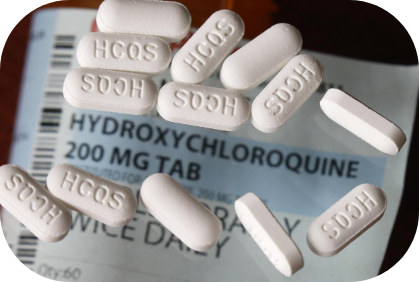In designing the drug regimen, Dr. Golden and Dr. Gates encountered several trade-offs, especially related to the cost and effectivness. Balancing efficiency, cost-effectiveness, and minimizing side effects was the most important. Our team opted to prioritize drug A over B and C due to it's lower rate of high resistance, as shown by our data; 0% resistance for drug A compared to 21% for drug B and to 22% for drug C. This decision was meant to minimize the risk of treatment failure and the growing of drug-resistant parasites, aligning with our criteria of high efficency. B also seemed to have lower patient side effects than A and C, -even when only included in small amounts- so we opted to include just one to make sure our patient side effects were acceptable.
Also, we chose smaller doses for days 3 to 6 to maintain cost-effectiveness and reduce what would be a Severe patient side effect rating to a Moderate side effect rating. We made this choice to shoot for a total cost of about $2000 for 1000 treatments. Despite the initial cost of $2800 for our first day of testing, the future use of smaller doses helped to meet the cost criteria while still having a decrease in the total parasite population. However, it's essential to know that these smaller doses have the trade-off of reduced efficacy compared to larger doses. This emphasizes the complexity of balancing cost considerations with treatment effectiveness. Overall, these trade-offs show our team's careful decision-making process in optimizing the drug regimen to meet our criteria.
 →〔Back to Home Page〕←
→〔Back to Home Page〕←